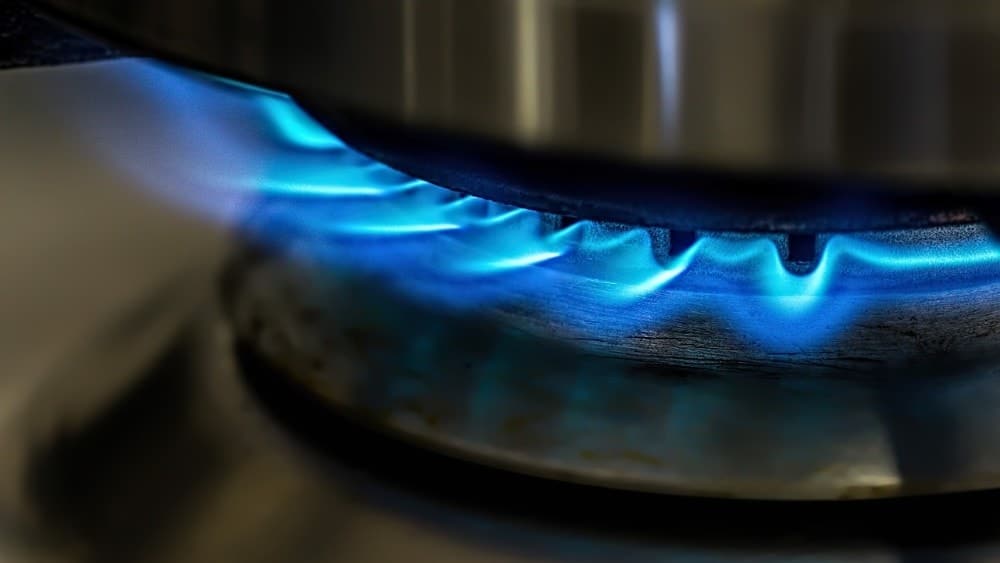When it comes to brewing beer, many factors come into play, but one that often gets overlooked is pH. I’ve learned that maintaining the right pH levels can make or break a batch, influencing everything from flavor to clarity. Understanding this crucial element not only helps in crafting the perfect brew but also enhances the overall brewing experience.
As I dive into the science behind pH, I can’t help but appreciate how it affects each stage of the brewing process. From mashing to fermentation, the right balance can unlock a world of flavors and aromas. Join me as I explore why pH matters and how it can elevate your home brewing game to new heights.
The Importance of pH in Brewing Beer
Maintaining the right pH levels in brewing beer influences several critical aspects of the beer-making process. I focus on three key areas: flavor, clarity, and fermentation efficiency. Each factor ties directly back to the pH level, making it a cornerstone of successful brewing.
Flavor Development
Flavor development relies heavily on pH. Lower pH levels tend to accentuate the brightness of hops and enhance the overall beer aroma. Higher pH levels might soften flavors, resulting in a muted taste profile. For example, I often aim for a mash pH between 5.2 and 5.6 to boost the vibrant characteristics of my IPAs. This precise targeting helps me achieve the desired flavor balance.

Clarity
Clarity stems from effective protein coagulation during brewing. Proper pH levels support this process, leading to clearer beers. I notice that maintaining a mash pH around 5.2 reduces haze formation, enhancing my beer’s visual appeal. A well-clarified beer not only looks inviting but also signals brewing expertise.
Fermentation Efficiency
Fermentation efficiency hinges on the health of yeast. An optimal pH range aids in yeast viability and activity. I consistently check pH during fermentation, especially as it can fluctuate. Keeping pH between 4.0 and 4.5 during fermentation promotes a vigorous fermentation process and leads to a more consistent end product.
By understanding and managing pH, I enhance my brewing practice and share these insights with other home brewers. The connection between pH and beer quality is something I emphasize in my brewing workshops. Every small adjustment can significantly elevate the brewing experience, leading to beers that not only taste good but also look and feel great.
Understanding pH Levels
Understanding pH levels is essential for any brewer, whether professional or home brewer. The right pH can make a significant difference in the quality of the beer, affecting flavor, clarity, and fermentation.
What is pH?
pH measures the acidity or alkalinity of a solution on a scale from 0 to 14, with 7 being neutral. Values below 7 indicate acidity, while values above 7 signify alkalinity. In brewing, pH levels generally range from around 4.0 to 5.6, depending on the stage of brewing and the type of beer. For instance, a pH of 5.2 to 5.6 during the mash helps in flavor extraction and clarity, while a pH closer to 4.0 during fermentation can enhance yeast activity.
How pH is Measured
I measure pH using a reliable pH meter or pH test strips, both offering precise readings. pH meters provide digital values and often allow for more accurate adjustments. To measure, I take a sample of the mash or wort and insert the probe, ensuring it’s calibrated for best results. For quick checks, pH strips can suffice, but they might lack the precision of a meter. It’s essential to monitor pH at various stages, from the mash to fermentation, to maintain the right balance throughout the brewing process.
The Role of pH in Brewing Process
pH plays a pivotal role in the brewing process, affecting several key aspects from mash efficiency to yeast health. Understanding how pH influences these elements can help me craft better beer, both as a professional and a home brewer.
Impact on Mash Efficiency
Mash efficiency depends heavily on pH levels. I target a mash pH between 5.2 and 5.6 for optimal enzyme activity. Lower pH encourages the activity of amylases, which convert starches into sugars. When pH sits in the right range, it promotes better extraction of fermentable sugars, leading to a more efficient mash. For instance, if my mash pH drops below 5.2, it can lead to lower sugar yields and insufficient fermentables. Monitoring pH throughout the mashing process ensures that I’m maximizing efficiency and getting the most from my grain bill.
Effects on Yeast Health
Yeast health is crucial for fermentation success, and pH significantly influences it. I strive for a fermentation pH between 4.0 and 4.5, as this range helps yeast thrive and produce cleaner flavors. Healthy yeast not only ferments efficiently but also minimizes off-flavors and ensures a stable final product. If fermentation pH strays too far outside this range, yeast might struggle, leading to sluggish fermentation or stalled processes. Regularly testing and adjusting pH throughout fermentation helps me maintain yeast health and achieve the desired flavor profile in my brews.
pH and Flavor
Understanding pH’s role in flavor is crucial for achieving the desired characteristics in beer. Managing pH throughout the brewing process not only affects taste but also influences overall quality.
Influence on Beer Style
Different beer styles require distinct pH levels for optimal flavor. For example, lagers generally thrive at a lower pH of around 5.2 to 5.4, enhancing their crispness and clean finish. In contrast, darker beers, like stouts, benefit from slightly higher pH levels, which help to develop richer, smoother flavors. I aim for specific pH targets aligned with the intended style, knowing these small variations heavily influence the final product.
Balancing Bitterness and Sweetness
pH plays a significant role in balancing bitterness and sweetness in beer. Lower pH values tend to highlight sweetness, while higher pH can emphasize bitterness. I target a mash pH between 5.2 and 5.6 to strike a balance, ensuring that neither flavor dominates. This balance is especially crucial for styles like IPAs, where bright hop flavors and corresponding bitterness must coexist harmoniously with malt sweetness. Testing pH regularly during the brewing process allows me to adjust and fine-tune this balance, resulting in a well-rounded beer that satisfies the palate.
pH Adjustment Techniques
Adjusting pH is vital for crafting exceptional beer. I often utilize both natural methods and chemical adjustments to maintain optimal pH levels throughout the brewing process.
Natural Methods
Employing natural methods for pH adjustment can enhance the brewing experience. I often incorporate the following:
- Acidulated Malt: Adding acidulated malt lowers mash pH. I usually include around 5-10% of the total grain bill, especially for lighter beers, where a slight acidity enhances flavor balance.
- Lactic Acid Bacteria: Introducing lactic acid bacteria during fermentation helps naturally lower pH. I find this technique especially beneficial in sour beer production.
- Coriander and Other Adjuncts: Some adjuncts, like coriander, can slightly acidify the wort during the boil, aiding in flavor complexity while subtly adjusting pH.
Chemical Adjustments
Chemical adjustments offer precise control over pH levels. My toolkit primarily consists of:
- Food-Grade Phosphoric Acid: I often use phosphoric acid for its minimal impact on flavor while effectively lowering pH. A few milliliters suffices for precise adjustments, especially during mashing.
- Gypsum: Gypsum not only contributes calcium but also raises sulfate levels, enhancing hop character and indirectly affecting perceived bitterness. I add it in moderation, typically 1-2 grams per gallon, for balanced flavor.
- Calcium Carbonate: I utilize calcium carbonate to raise pH when it drops too low. Typically, 1-3 grams per gallon adjusts the pH without compromising beer quality.
By blending natural methods and chemical adjustments, I confidently maintain the desired pH balance, which results in beer that fully expresses its intended flavors and characteristics.
Conclusion
Mastering pH levels has transformed my brewing journey. It’s amazing how something as simple as acidity can make such a difference in flavor and clarity. Every time I brew, I keep those ideal pH ranges in mind to ensure my beer turns out just right.
Whether I’m crafting a hoppy IPA or a rich stout, I’ve learned that paying attention to pH not only enhances the taste but also supports healthy fermentation. I encourage you to experiment with pH adjustments in your own brewing. You’ll be surprised at how these small tweaks can elevate your beer to a whole new level. Happy brewing!




